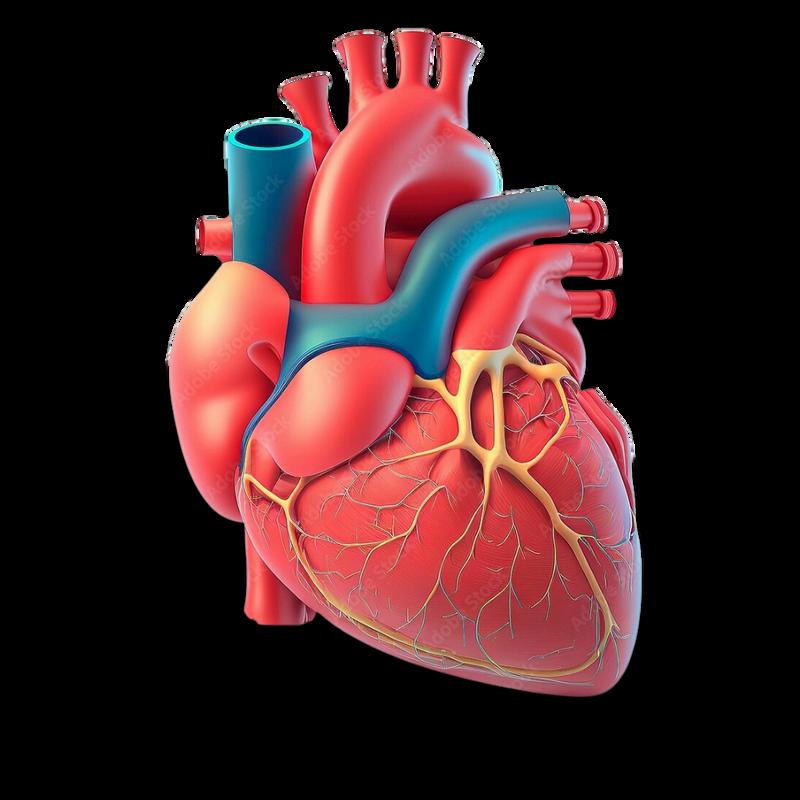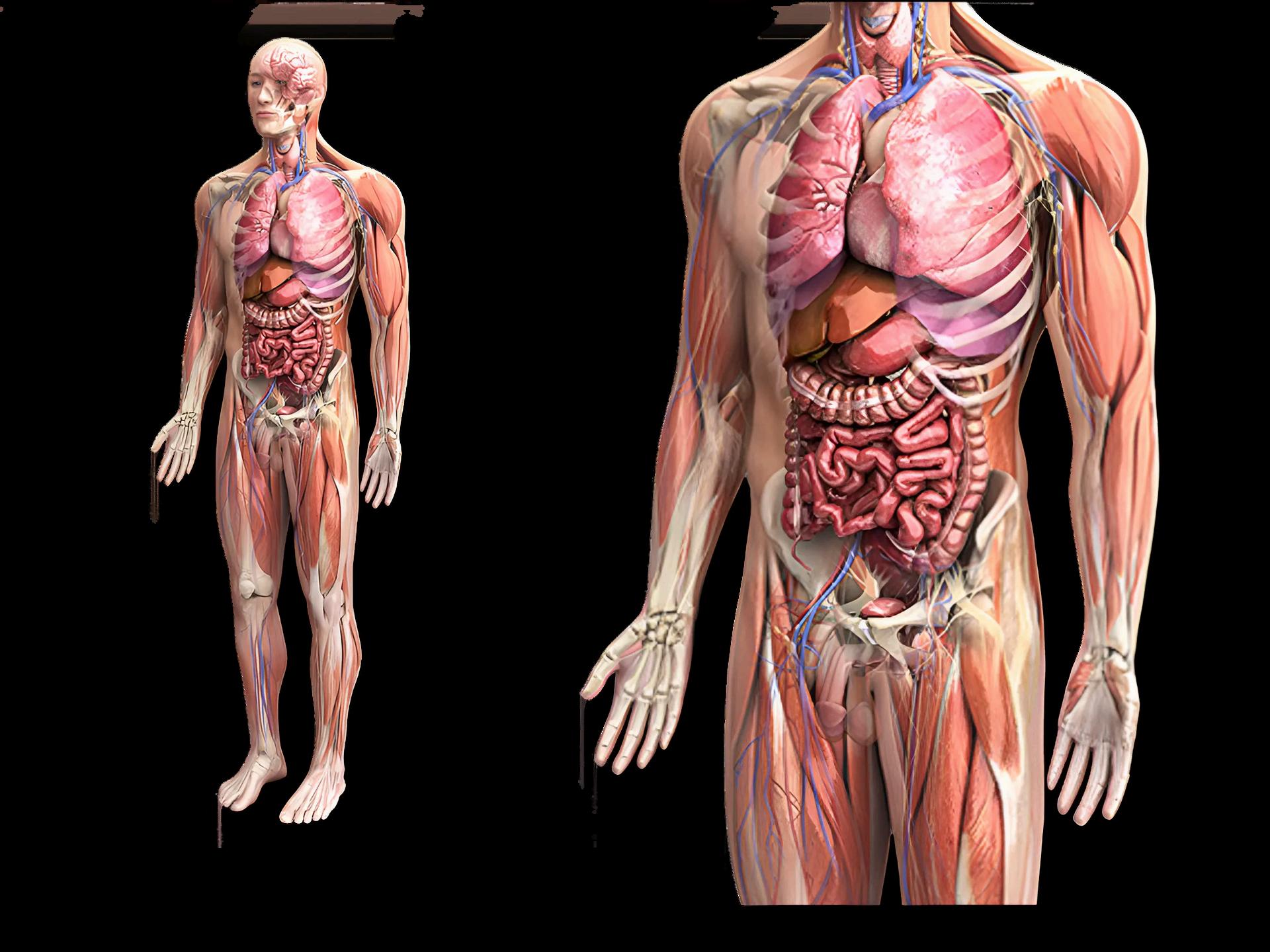
3 minute read
THE HEALING TOUCH
THE HEART MERIDIAN "SHINKEI"
Written By Joe Miller
The Heart Meridian, known as “Shinkei” (⼼経) in Japanese, is central to both Chinese and Japanese applications of Shiatsu, rooted in traditional meridian theory.
Heart Meridian (Shinkei) The Heart Meridian, as understood in Traditional Chinese Medicine (TCM) and Shiatsu, governs the heart organ and is responsible for emotional and mental balance.
It is associated with the element of fire and its time of peak activity is between 11 AM and 1 PM. In Shiatsu, this meridian is crucial for managing emotions such as joy and calmness, and it directly affects sleep, memory, and consciousness.
• Pathway: The Heart Meridian begins in the heart, moves through the lungs, and extends down the arm through the inner side, ending at the pinky finger.
• Key Functions: It regulates blood circulation, the health of the heart organ, and emotional wellbeing. Blockages in the Heart Meridian can lead to anxiety, insomnia, chest pain, or emotional disturbances.
• Shiatsu Application: In both Japanese and Chinese Shiatsu, working with the Heart Meridian involves applying pressure along its pathway to alleviate stress, anxiety, or heart-related discomfort.
The meridian is treated when clients experience emotional imbalances or tension in the chest and arms. Small Intestines Meridian (Corresponding Meridian) The Small Intestines Meridian is the paired meridian of the Heart Meridian, working in tandem within the Fire element. Its peak time is from 1 PM to 3 PM, directly following the Heart Meridian.
• Pathway: The Small Intestines Meridian starts at the pinky finger, runs up the arm, passes the shoulder, and crosses the neck and face, ending near the ear.
• Key Functions: This meridian influences digestion and nutrient absorption, as well as the separation of pure from impure substances in the body. Blockages can manifest as digestive problems, shoulder tension, or hearing issues.

• Shiatsu Application: In Shiatsu, the Small Intestines Meridian is often worked on to address issues related to digestion, nutrient absorption, and physical blockages like shoulder pain. Japanese vs. Chinese Shiatsu
• Chinese Shiatsu (often called Tui Na): Emphasizes clearing energy blockages and restoring the balance of Qi along the meridians, with attention to both physical and emotional components of the Heart Meridian.
• Japanese Shiatsu: Typically focuses on precise finger pressure along meridians like the Heart and Small Intestines to restore overall balance. Practitioners assess areas of tension, and apply rhythmic pressure to these meridians, aiming to harmonize the body’s internal systems.
In Volume 9 of the International Magazine, the Small Intestines Meridian is likely referenced due to its important connection with the Heart Meridian, where balancing both is essential for treating heart related emotional issues as well as physical conditions like indigestion or shoulder pain.










